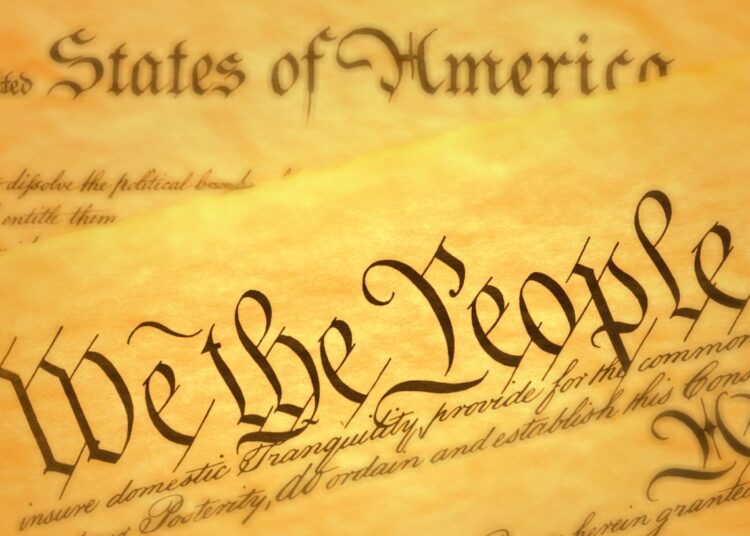Donald Trump is not satisfied with trying to “Make America Great Again,” but, in terms of foreign policy, he intends to build another United States, not only different, but worse; not only for the world, but for themselves. The design of the new America is more colonialist and imperialist, less supportive, and also more isolationist. “America First” becomes just America.
I remember that, in 1976, when celebrating the bicentennial of the United States, a slogan was raised there based on claiming the “Spirit of 76,” which, it seemed to me, brought to mind that America, as they call their country, was the fruit of a revolution.
It was a legitimate revolution, the first anti-colonialist and national liberation revolution in the New World, led by a politically advanced, anti-monarchical, and anti-clerical vanguard, through which the first democracy, the first secular state of law, the first Constitution was established and the first rulers were elected.
In this way, what would become the most liberal country in the world of its time was built, which, for this reason, as well as for its natural resources, attracted large masses of emigrants. Thus, it became not an adversary, but a paradigm.
In 1876, France gave it a magnificent gift on its first centenary, the Statue of Liberty, the most celebrated monument of the modern era. So splendid was it that they did not know what to do with it or how to install it at the entrance to New York, so they called Gustav Eiffel, the greatest engineer of the time, who built a base that withstood the winds and storms.
Taking advantage of the opportunities offered by rulers incapable of dealing with the wealth they possessed and in need of money, they acquired the vast territories of Louisiana in 1803 (828,000 square miles for 15 million dollars), Florida in 1819 (about 100,000 km² for five million dollars) and Alaska from Russia in 1867 (four million km² for 7.2 million dollars).
The United States’ war against Mexico (1846-1848), with obviously territorial objectives, led to the annexation of territories that today form the states of California, New Mexico, Arizona, Texas, Nevada, Utah, and part of Colorado and Wyoming, a total of around two and a half million km².
As a result of this aggressive territorial expansion in around 70 years, the United States expanded its borders sevenfold. In all cases with its inhabitants, carrying out mega operations of territorial and human trade.
With the dispossession of Mexico, the territorial expansion of the United States was essentially concluded, which from then on unfolded an era of more than 100 years of military interventions in Latin America, Asia, and Europe, including two world wars in which the United States did not incorporate territories, but rather supported the expansion of its capitals and policies of plunder through abusive economic and commercial practices, based on political submission.
With the threats of managing the annexation of Canada, the remaining half of Mexico, seizing the Panama Canal and the Gulf of Mexico, as well as resuming offers and pressures to acquire Greenland, Trump will probably not succeed in making the United States greater but rather blurring it even further. In four years, Trump will pass. The question is what will remain of the United States. See you there.
________________________________________
*This text was originally published in the newspaper ¡Por esto! It is reproduced with the express authorization of its author.










Trust me trump isn’t a problem.
There are legal issues around a nonsharable government report in the United States I have. That is far worse.
The Biden admin is hiding vary damaging stuff.
The irony? The us government will likely collapse. But Cuba will emerge stronger.